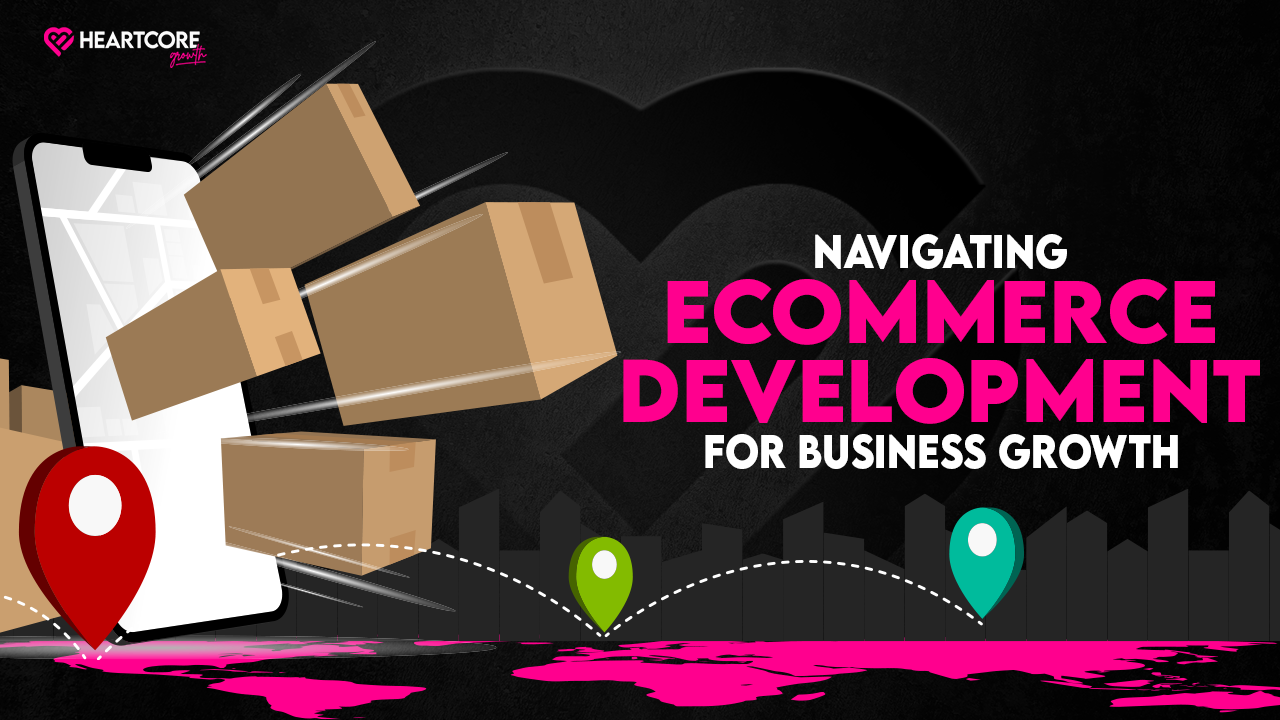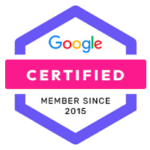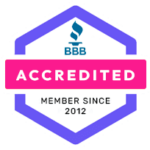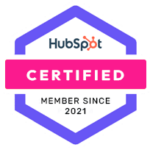Navigating Ecommerce Development for Business Growth

Ecommerce has become a cornerstone for business success. With the rise of online shopping, businesses must adapt to the digital marketplace to stay competitive. Ecommerce development plays a crucial role in driving business growth, providing a platform for reaching a broader audience, increasing sales, and enhancing customer engagement. This comprehensive guide will explore essential strategies and steps for navigating ecommerce development for business growth.
Understanding E-commerce Development
Ecommerce development involves creating and managing an online platform where businesses can sell products or services. It encompasses various components, including website design, platform selection, payment gateways, and more. Effective ecommerce development is vital for providing a seamless shopping experience, which in turn can lead to higher customer satisfaction and increased sales.
Planning Your E-commerce Strategy
A. Setting Clear Goals
The first step in ecommerce development is setting clear, measurable business goals. Whether your aim is to increase sales, expand market reach, or improve customer experience, having well-defined objectives will guide your strategy and help you measure success. For example, a goal might be to increase online sales by 20% within six months or to reduce cart abandonment rates by 15%.
B. Market Research and Competitive Analysis
Conducting thorough market research is essential to understand your target audience and the current market trends. This research will inform your product offerings, pricing strategy, and marketing efforts. Additionally, analyzing your competitors’ ecommerce strategies can provide valuable insights into their strengths and weaknesses, helping you identify opportunities to differentiate your brand and capture market share.
C. Choosing the Right Ecommerce Platform
Selecting the right ecommerce platform is crucial for your business’s success. Popular platforms like Shopify, WordPress, and Magento offer various features and capabilities. When choosing a platform, consider factors such as ease of use, customization options, scalability, and integration with other tools and systems. The right platform will support your business growth and provide a seamless shopping experience for your customers.
Building a User-Friendly Ecommerce Website
Website Design and User Experience (UX)
A well-designed website is critical for attracting and retaining customers. Focus on creating an intuitive and visually appealing design that provides a positive user experience. Ensure your website is easy to navigate, with clear categories and search functionality. Additionally, optimize for mobile devices, as a significant portion of online shopping occurs on smartphones and tablets. Fast loading times are also essential to prevent users from leaving your site prematurely.
Product Presentation and Descriptions
Effective product presentation is key to driving sales. Use high-quality images and videos to showcase your products from multiple angles. Detailed product descriptions that highlight features, benefits, and specifications can help customers make informed purchasing decisions. Incorporate customer reviews and ratings to build trust and credibility.
Implementing Secure and Efficient Payment Systems
Secure and efficient payment systems are crucial for providing a smooth checkout experience. Integrate popular payment gateways like PayPal, Stripe, and Square to offer multiple payment options. Ensure your website is secure by using SSL certificates and complying with PCI-DSS standards to protect customer data.
Enhancing Customer Engagement and Retention
Personalization and Customer Service
Personalization can significantly enhance the customer experience. Use data and analytics to tailor product recommendations, marketing messages, and promotions to individual customers. Excellent customer service is also vital for retaining customers. Provide multiple channels for support, such as live chat, email, and phone, and ensure your team is responsive and helpful.
Loyalty Programs and Promotions
Loyalty programs are an effective way to encourage repeat purchases and build long-term customer relationships. Offer rewards such as discounts, free shipping, or exclusive access to new products. Additionally, use promotions and special offers to attract new customers and incentivize existing ones to return.
Leveraging Email Marketing and Social Media
Email marketing and social media are powerful tools for engaging with your audience. Use email campaigns to share updates, promotions, and personalized content. On social media, interact with your followers, share engaging content, and run targeted ads to reach a broader audience. Consistent communication across these channels can drive traffic to your ecommerce site and increase sales.
Optimizing for SEO and Digital Marketing
SEO Best Practices for Ecommerce
Search engine optimization (SEO) is essential for driving organic traffic to your ecommerce site. Implement on-page SEO techniques, such as optimizing title tags, meta descriptions, headers, and product descriptions with relevant keywords. Off-page SEO strategies, like building backlinks and social signals, also contribute to higher search rankings. Conduct regular keyword research to stay updated on search trends and adjust your content accordingly.
Content Marketing Strategies
Content marketing is a powerful way to attract and engage customers. Create valuable content, such as blog posts, videos, and infographics, that addresses your audience’s needs and interests. This content not only drives traffic to your site but also establishes your brand as an authority in your niche. Use storytelling to make your content more relatable and shareable.
Pay-Per-Click (PPC) Advertising
PPC advertising is an effective method for increasing visibility and driving traffic to your ecommerce site. Platforms like Google Ads and Facebook Ads allow you to target specific demographics and interests, ensuring your ads reach the right audience. Create compelling ad copy and use eye-catching visuals to maximize click-through rates and conversions.
Ecommerce development for business growth is a dynamic and ongoing process. By following the strategies outlined in this guide, you can create a robust ecommerce platform that drives sales, enhances customer engagement, and supports your business goals. Stay adaptable and continuously refine your approach.
Ready to take your ecommerce business to the next level? Contact us today to explore our ecommerce development services and discover how we can help you build a successful online platform.









